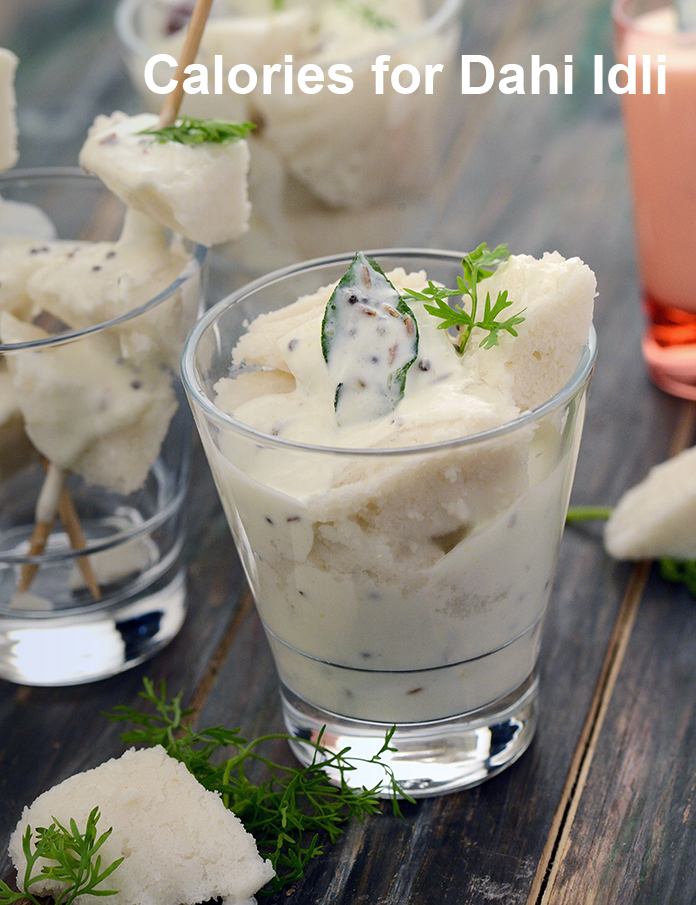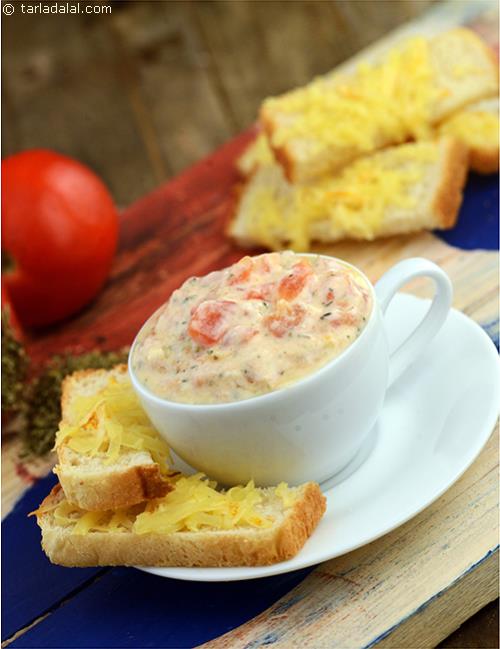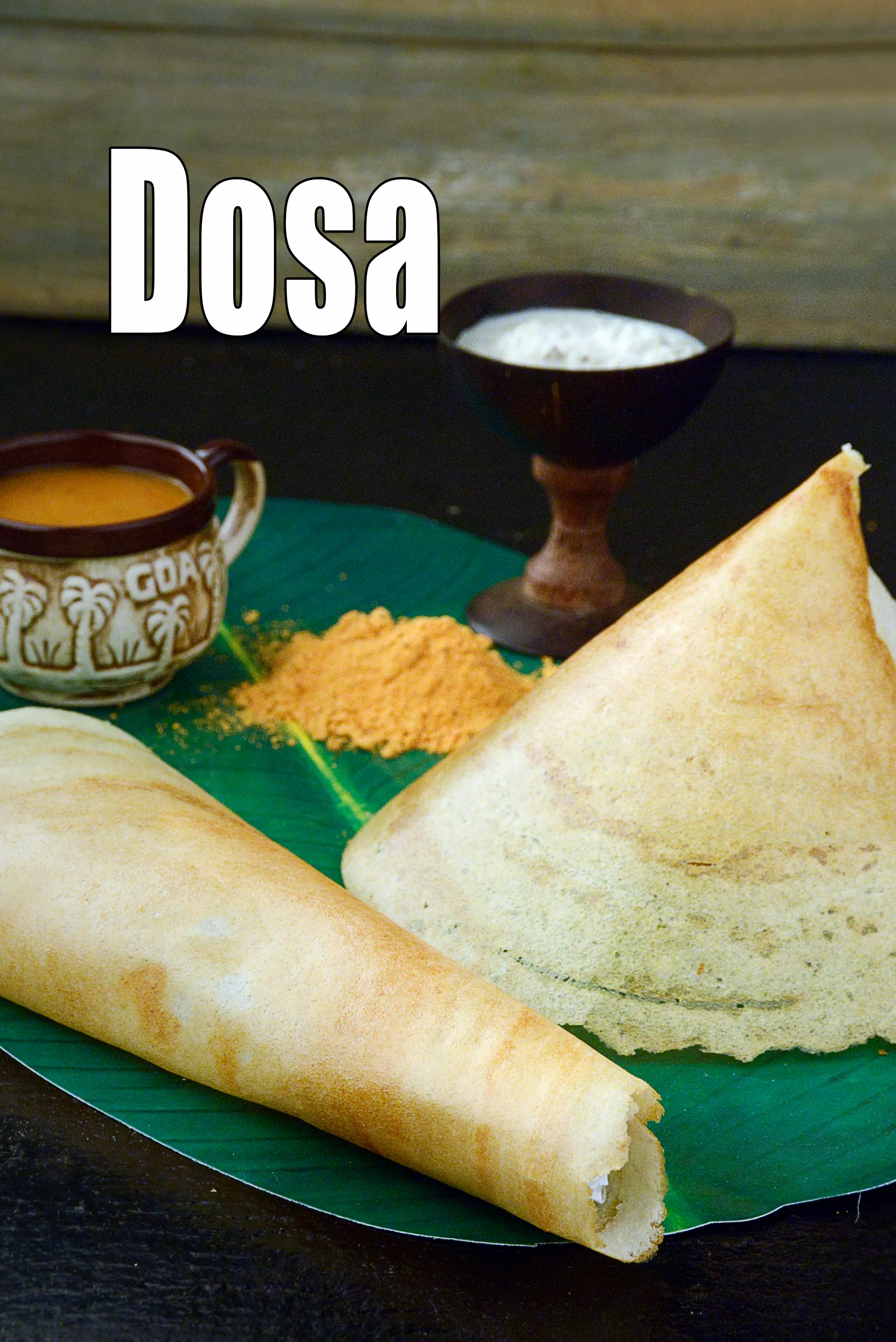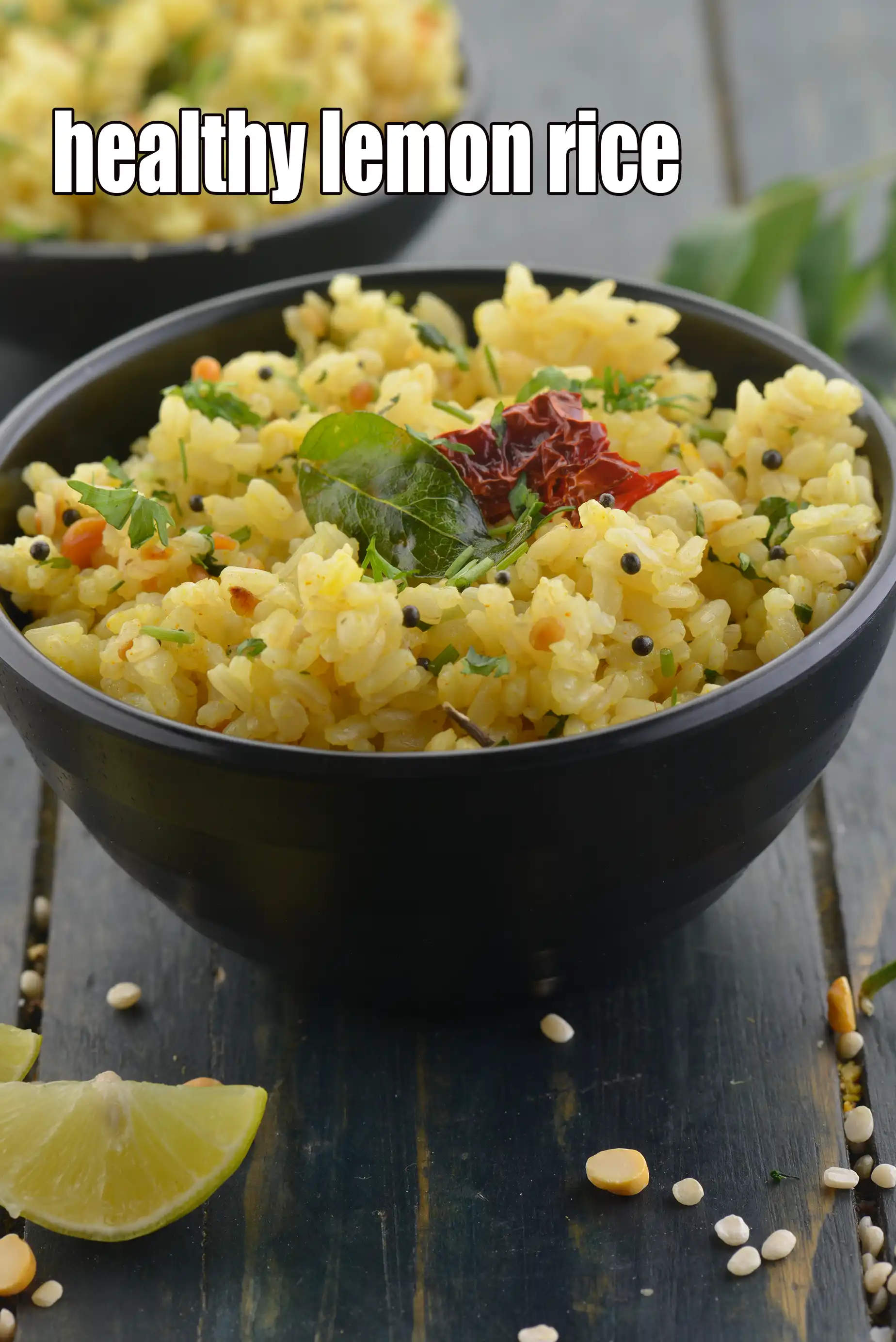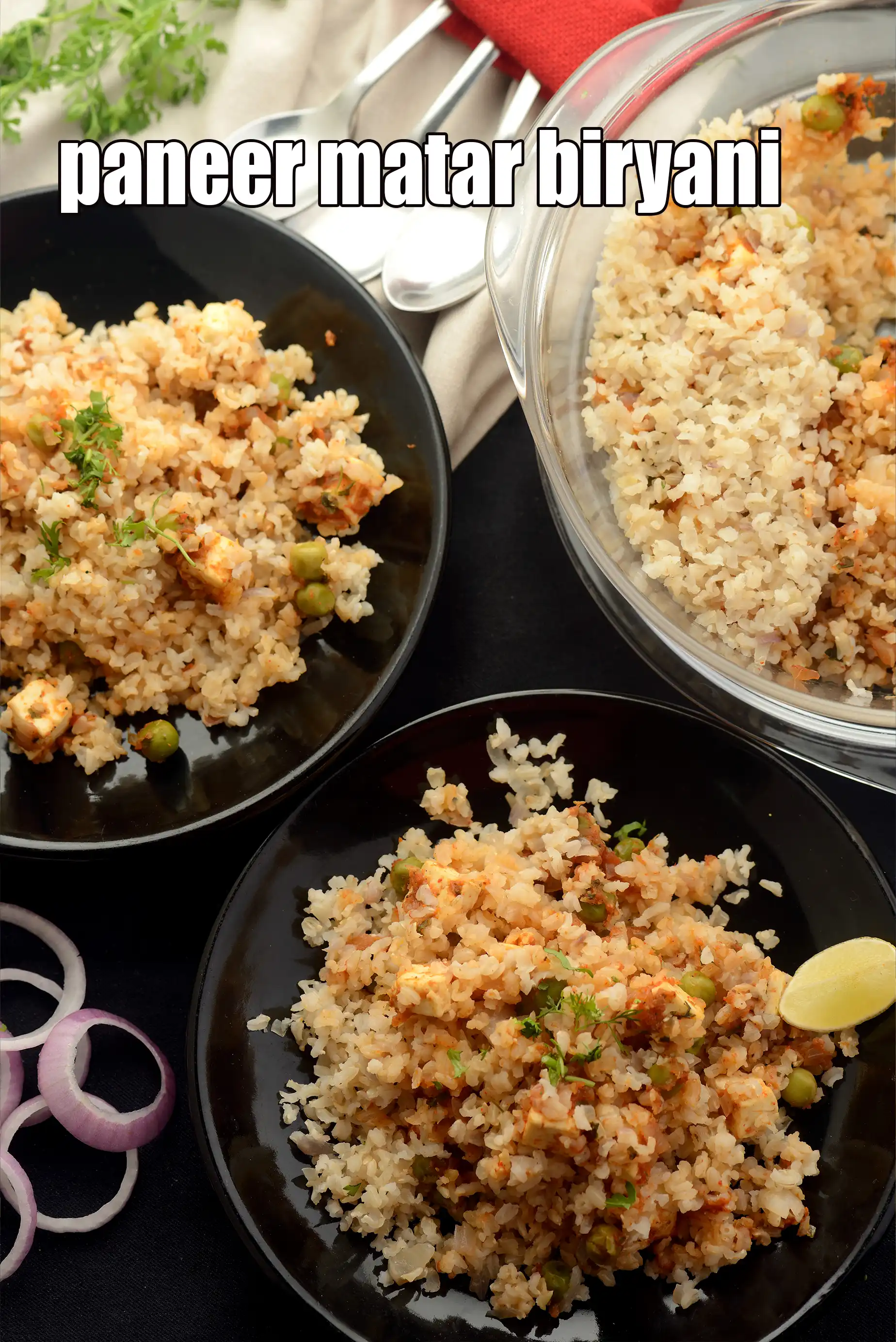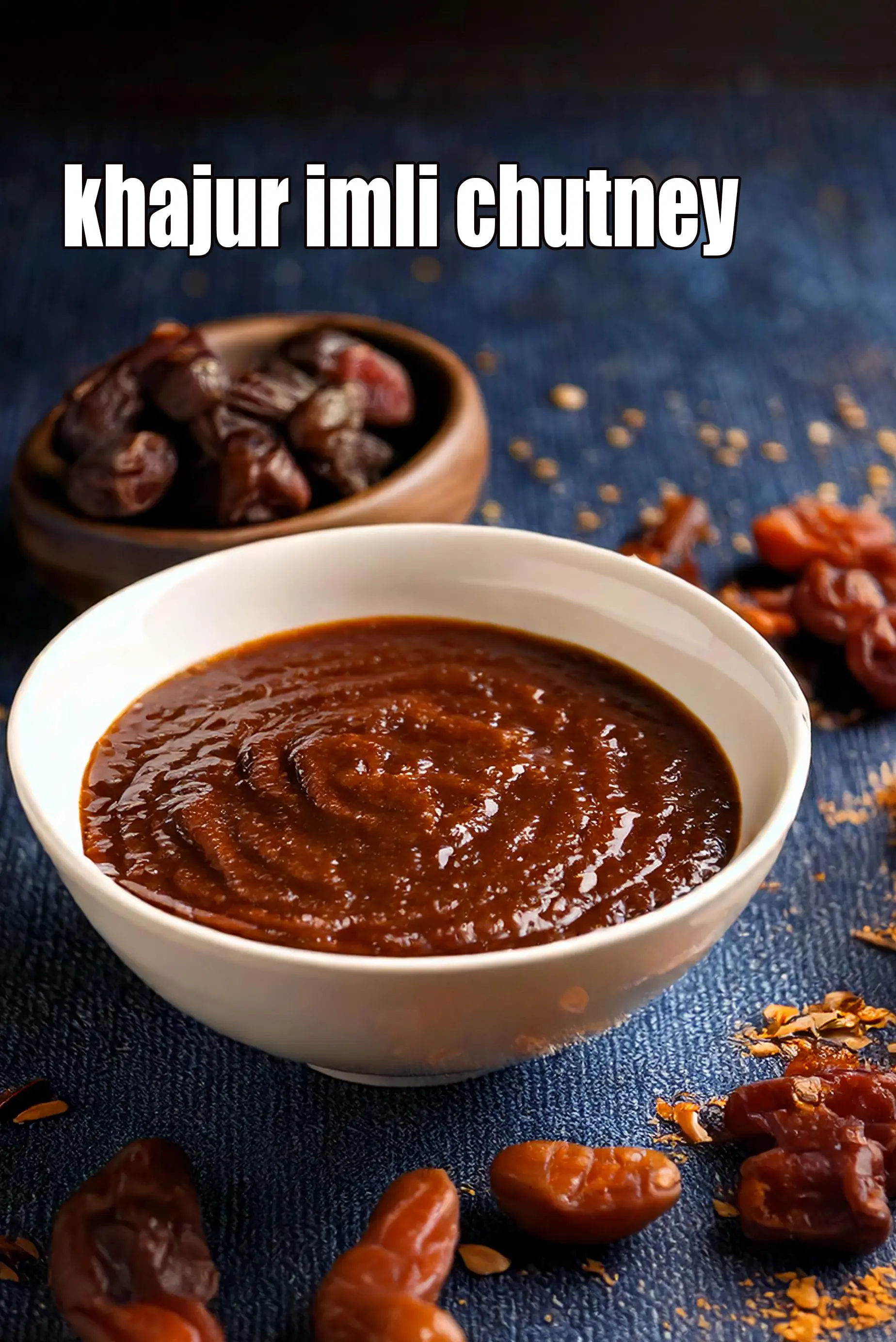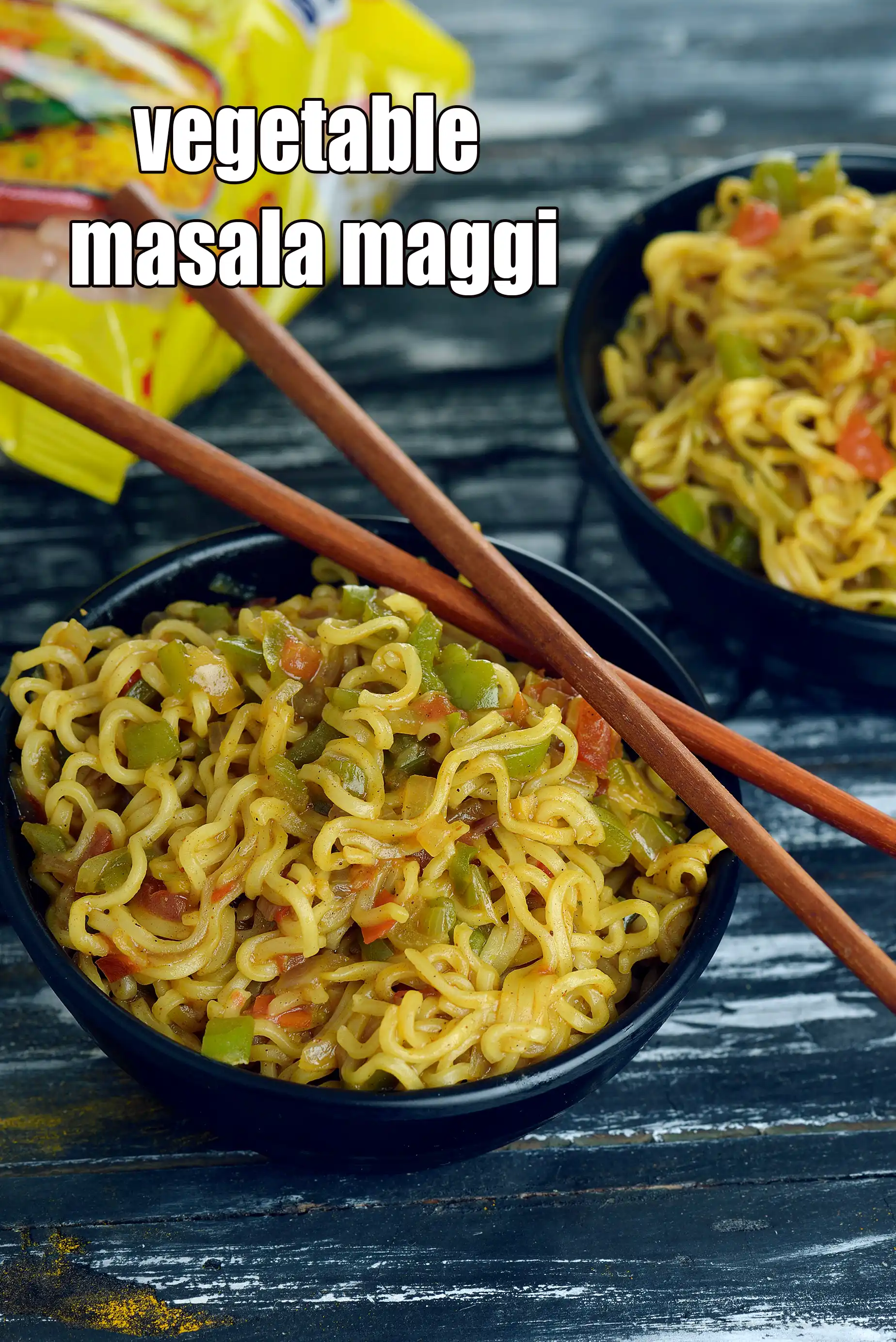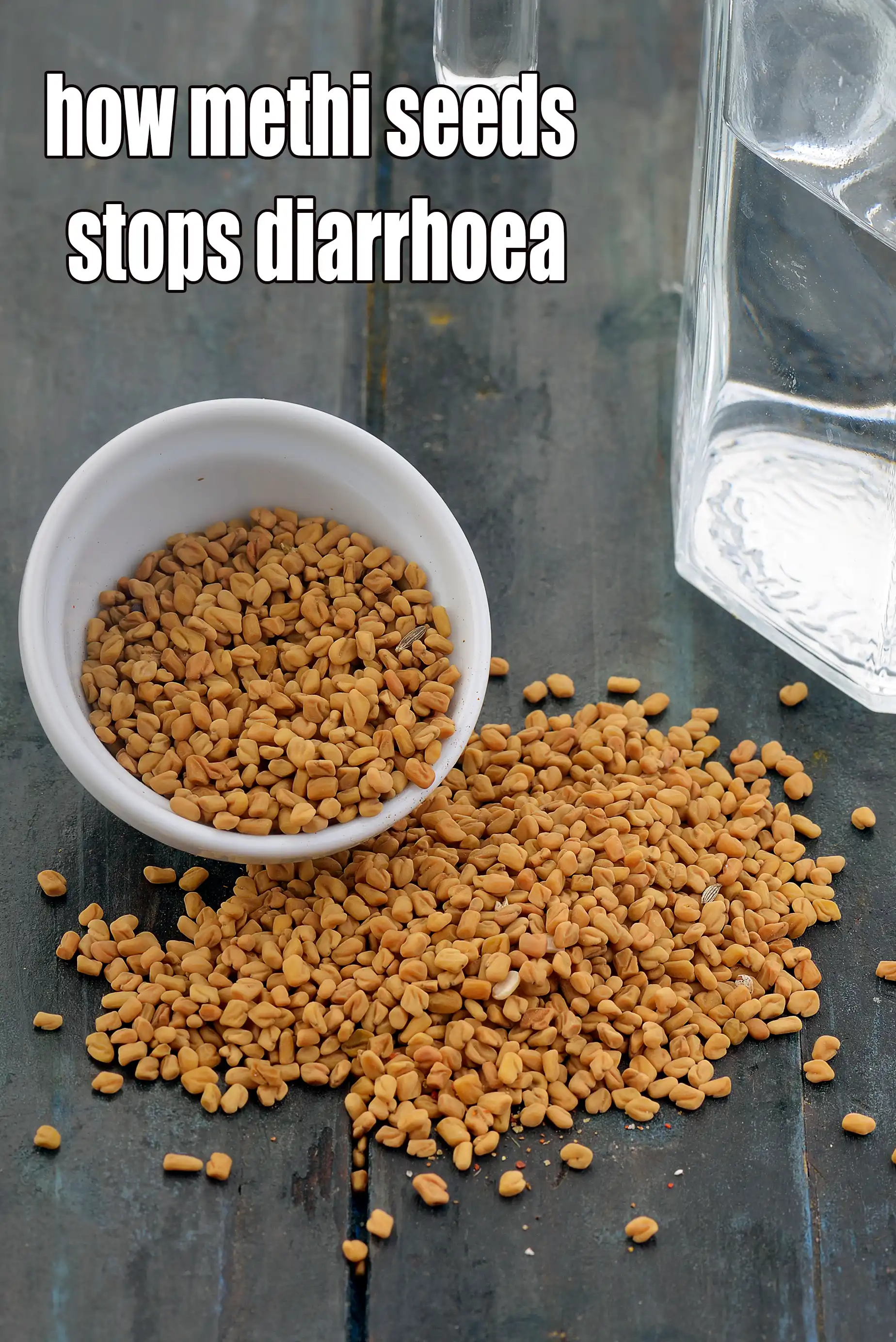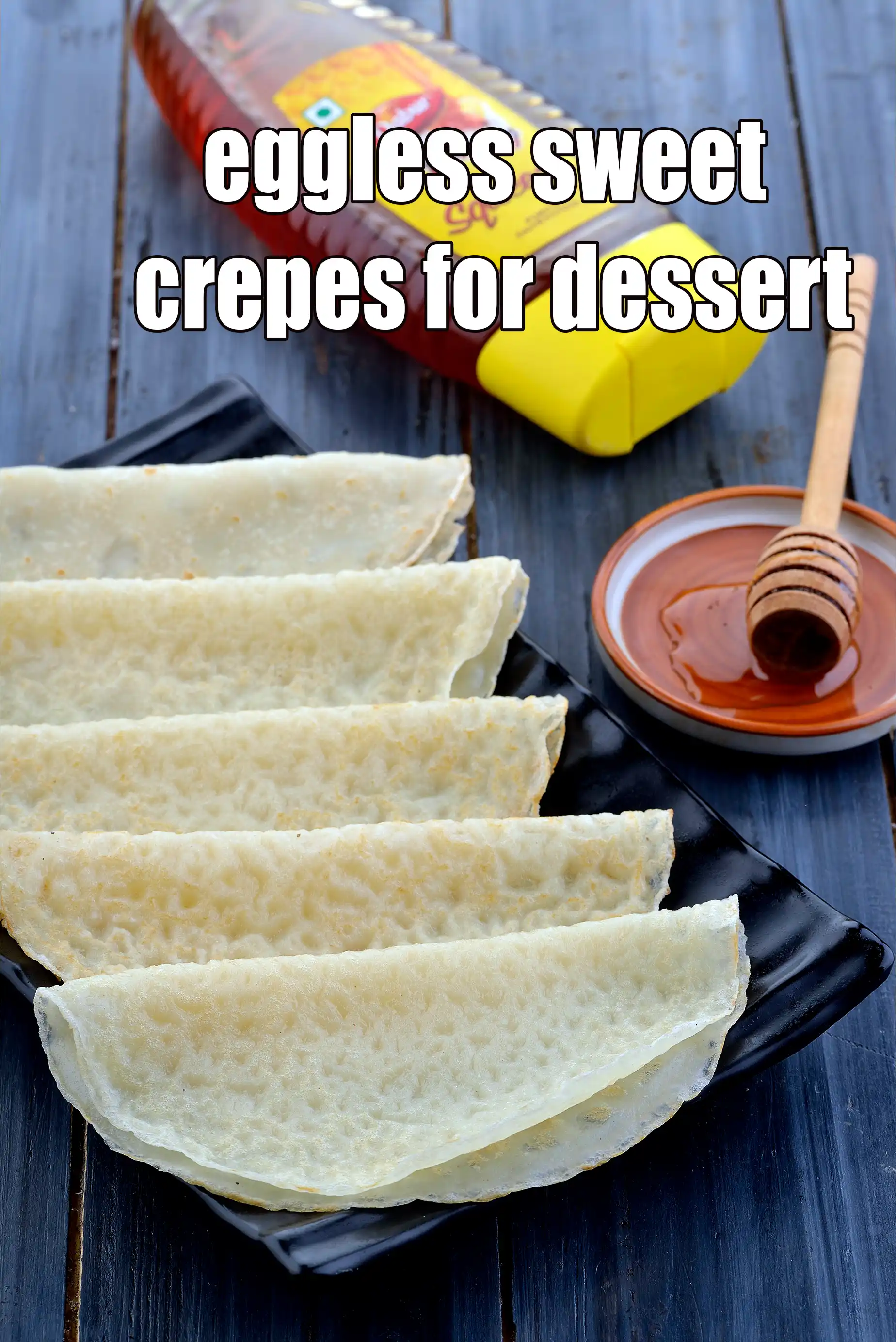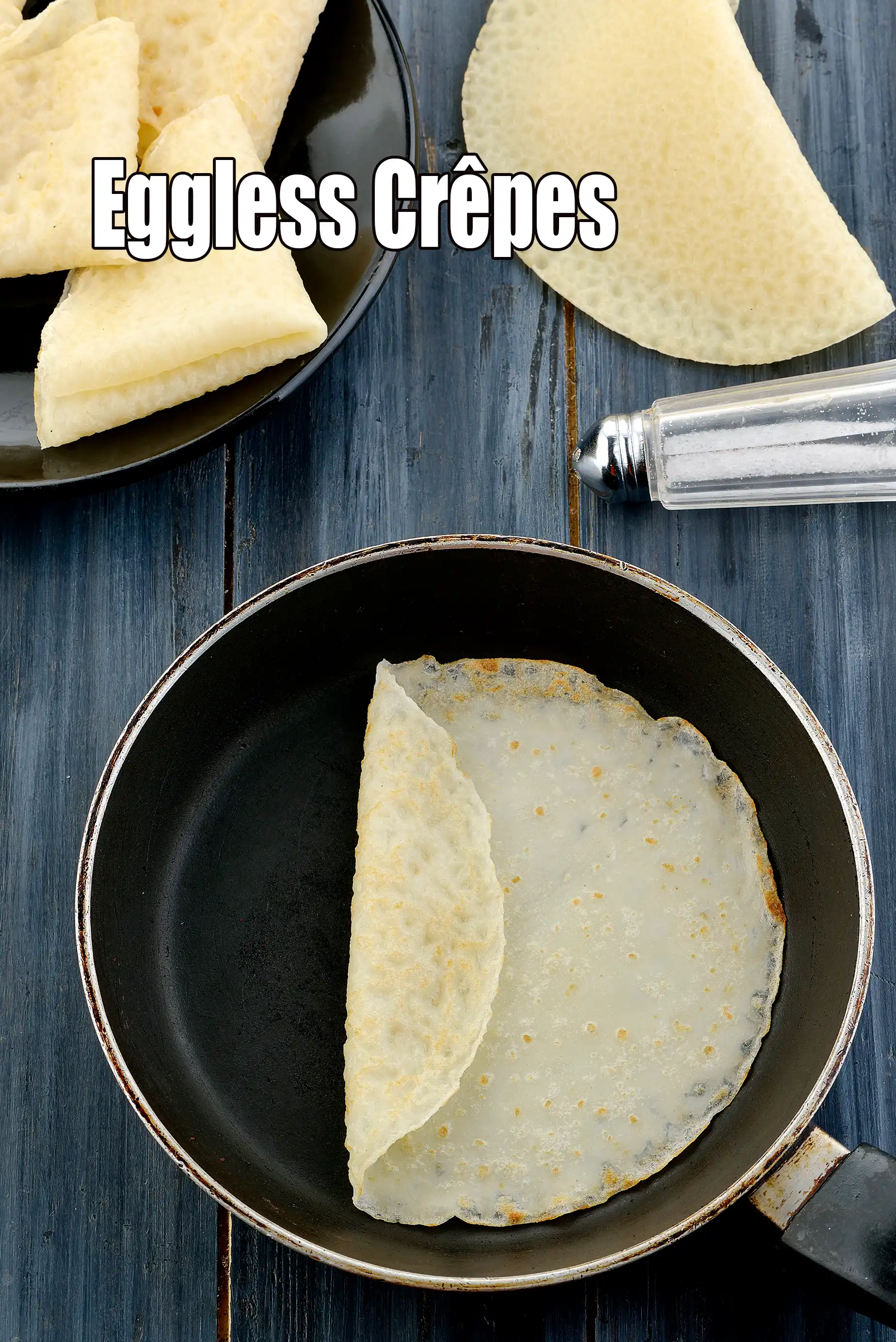Nutritional Facts of pineapple papaya smoothie recipe | pineapple papaya smoothie for weight loss | papaya pineapple Indian smoothie with curds | Calories in pineapple papaya smoothie recipe | pineapple papaya smoothie for weight loss | papaya pineapple Indian smoothie with curds |
This calorie page has been viewed 3667 times
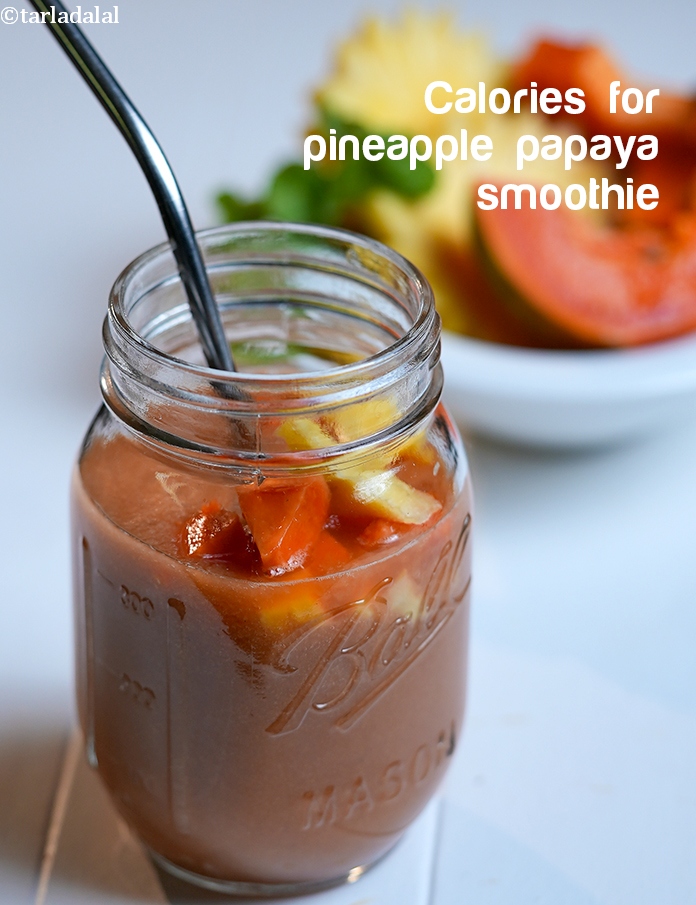
Table of Content
How many calories does one glass of Pineapple Papaya Smoothie have?
One glass (243 ml) of Pineapple Papaya Smoothie gives 89 calories. Out of which carbohydrates comprise 48 calories, proteins account for 11 calories and remaining calories come from fat which is 24 calories. One glass of Pineapple Papaya Smoothie provides about 4.4 percent of the total daily calorie requirement of a standard adult diet of 2,000 calories.
Pineapple Papaya Smoothie recipe makes 730 ml, 3 glasses of 243 ml per glass.
89 calories for 1 glass of Pineapple Papaya Smoothie, Cholesterol 5.3 mg, Carbohydrates 11.8g, Protein 2.7g, Fat 3.4g. Find how much fibre, iron, calcium, zinc, magnesium, phosphorus, sodium, potassium, folic acid is present in Pineapple Papaya Smoothie
See Pineapple Papaya Smoothie recipe | pineapple papaya smoothie for weight loss | papaya pineapple Indian smoothie with curds | with 15 images.
pineapple papaya smoothie is a refreshing and healthy Indian-inspired breakfast option. Learn how to make pineapple papaya smoothie for weight loss.
pineapple papaya smoothie is made with papaya, pineapple, yogurt, milk, vanilla extract, and ice cubes.
Pineapple papaya smoothie is a delicious and refreshing smoothie that is perfect for a summer day. The ingredients are simple and easy to find, and the instructions are clear and concise.
Tangy and crunchy pineapple and sweet and soft papaya might sound contrasting, but they are a perfect combination for a delicious pineapple papaya smoothie!
Packed with vitamin C (64.7 mg / cup), pineapple is one such fruit which boosts immunity. They help build our line of defence against diseases by building white blood cells (WBC). Papaya being rich in Vitamin A and Vitamin C, it helps to protect against heart diseases by oxidising the excess Cholesterol. Therefore, all the ingredients in pineapple papaya smoothie are healthy.
pineapple papaya smoothie with only 89 calories per glass can be a good choice for a detox drink. It is low in calories and fat, and it is a good source of fiber, vitamins, and minerals.
pro tips for pineapple papaya smoothie. 1. Vanilla extract has a sweet and aromatic flavor that can enhance the flavor of other ingredients in a smoothie. Vanilla extract can add depth and complexity to the flavor of a smoothie. 2. Milk can add creaminess to a smoothie, making it more luxurious and flavorful and a good source of calcium and protein. Milk can help to thicken a smoothie, making it more enjoyable to drink. 3. Papaya is naturally sweet, so it can help to sweeten a smoothie without adding any added sugar. The flesh of papaya can help to thicken a smoothie, making it more satisfying and filling. 4. The pineapple papaya smoothie must be served immediately as it has curds in it. 5.If you want to enjoy a cold and refreshing orange banana smoothie, adding ice cubes is a must. The ice cubes will melt as they are blended, which will help to thicken the smoothie.
Is Pineapple Papaya Smoothie healthy?
Yes, this is healthy. But restrictions apply to some.
Let's understand the Ingredients.
What's good.
1. Papaya : Being rich in Vitamin A and Vitamin C, it helps to protect against heart diseases by oxidising the excess Cholesterol. Papaya is low in carbs and therefore does not raise blood glucose levels and relives constipation.The question is even if the glycemic index of papaya comes under medium range how this fruit is beneficial for diabetics? This is because the glycemic load of the fruit is just 6.4 for 1 cup of papaya, so diabetics should control portion size. See detailed benefits of papaya.
2. Pineapple : ½ cup of chopped pineapple contains 2.3 grams of fiber and being a natural laxative helps in keeping your bowel movements smooth and regular. It also helps you feel satiated for a longer period of time which eventually decreases your entire calorie intake in a day. However, it is always better to have fresh pineapple. Pineapple has a low glycemic load of about 5. and should be eaten in moderation by diabetics.
3.Curd + Low fat Curds, hung curds : Curds help in digestion as it has very good bacteria. Probiotics in curds acts as a mild laxative but, in case of diarrhoea and dysentery, it is a boon, if curd is used with rice. Curd is one of the richest sources of protein, calcium and minerals. They help in weight reduction, good for your heart and build immunity. Being low in sodium, it is safe to be eaten by individuals with high blood pressure. The only difference between curds and low fat curds is the fat level. Note that one cup curds gives half cup hung curds. Read the benefits of curds to include in your daily diet.
4. Milk, Low Fat Milk, Milk powder : 1 cup of milk provides 70% of the Recommended Daily Allowance of Calcium. Milk promotes strong bones. The Calcium in Milk helps to protect your teeth against gum disease and keeps your jaw bone strong and healthy. Milk is low in carbs and therefore does not raise blood glucose levels. However diabetics must consider including low fat milk as advised by their dietitian only so as to avoid any fluctuations in blood sugar levels. Protein is another key nutrient which milk is rich in - 8.6 g from a cup. So all those looking to build protein stores can add milk and its products like curd and paneer to their diet. One cup of Milk gives 10 grams of carbs. Low fat milk has lower fat and the same benefits of milk.
Can diabetics, heart patients and over weight individuals have Pineapple Papaya Smoothie ?
Yes for heart and weight loss and diabetics in restricted quantity. Use low fat curds instead of full fat and low fat milk. Pineapple has a low glycemic load of about 5. and should be eaten in moderation by diabetics.
Being rich in Vitamin A and Vitamin C, it helps to protect against heart diseases by oxidising the excess Cholesterol. Papaya is low in carbs and therefore does not raise blood glucose levels and relives constipation.
Can healthy individuals have Pineapple Papaya Smoothie?
Yes. ½ cup of chopped pineapple contains 2.3 grams of fiber and being a natural laxative helps in keeping your bowel movements smooth and regular.
Pineapple Papaya Smoothie is rich in below macronutrients, vitamins and minerals given in descending order (highest to lowest).
- Vitamin C : Vitamin C is a great defence against coughs and colds. Have citrus fruits, lemons, vegetables ( capsicum, broccoli, cabbage). Not all of the vitamin C is lost when vegetables are cooked. Some studies have shown that up to 50% of the vitamin C can be retained, depending on the cooking method and the vegetable. Cook vegetables quickly. The longer vegetables are cooked, the more vitamin C they will lose. 122% of RDA.
- Calcium. See Calcium rich recipes : Calcium is a mineral that makes bones stay strong. See our list of calcium rich Indian foods. Dairy products:Like milk, curds, cheese, paneer and buttermilk. Green leafy vegetables like spinach, fenugreek, broccoli. Nuts and ragi. Required from kids to adults. 21% of RDA.
- Vitamin B1 (Thiamine) : Vitamin B1 protects nerves, helps in carbohydrate metabolism, prevents heart diseases and helps produce red blood cells. Indian Foods rich in B1 are Flax seeds (alsi), Sunflower seeds, Sesame seeds, Garden cress seeds (halim), Capsicum, Wheat flour, Chana dal, moong, walnuts, masoor dal, brown rice, jowar, bajra. 20% of RDA.
- Vitamin B2 (riboflavin) : Vitamin B2 enables the production of red blood cells that contribute to the rise in your energy levels. So have more milk, curds, eggs and green leafy vegetables. % of RDA.
| Value per glass | % Daily Values | |
| Energy | 89 kcal | 4% |
| Protein | 2.7 g | 4% |
| Carbohydrates | 11.8 g | 4% |
| Fiber | 1.92 g | 6% |
| Fat | 3.35 g | 6% |
| Cholesterol | 8.0 mg | 3% |
| VITAMINS | ||
| Vitamin A | 400.8 mcg | 40% |
| Vitamin B1 (Thiamine) | 0.2 mg | 11% |
| Vitamin B2 (Riboflavin) | 0.2 mg | 12% |
| Vitamin B3 (Niacin) | 0.2 mg | 1% |
| Vitamin C | 48.7 mg | 61% |
| Vitamin E | 0.0 mg | 0% |
| Folic Acid (Vitamin B9) | 31.2 mcg | 10% |
| MINERALS | ||
| Calcium | 124.0 mg | 12% |
| Iron | 1.7 mg | 9% |
| Magnesium | 32.9 mg | 7% |
| Phosphorus | 76.0 mg | 8% |
| Sodium | 31.7 mg | 2% |
| Potassium | 97.7 mg | 3% |
| Zinc | 0.1 mg | 1% |
Percent Daily Values are based on a 2000 calorie diet. Your daily values may be higher or lower depending on your calorie needs.

Click here to view Pineapple Papaya Smoothie
Calories in other related recipes

-9433.jpg)
-14648.jpg)
